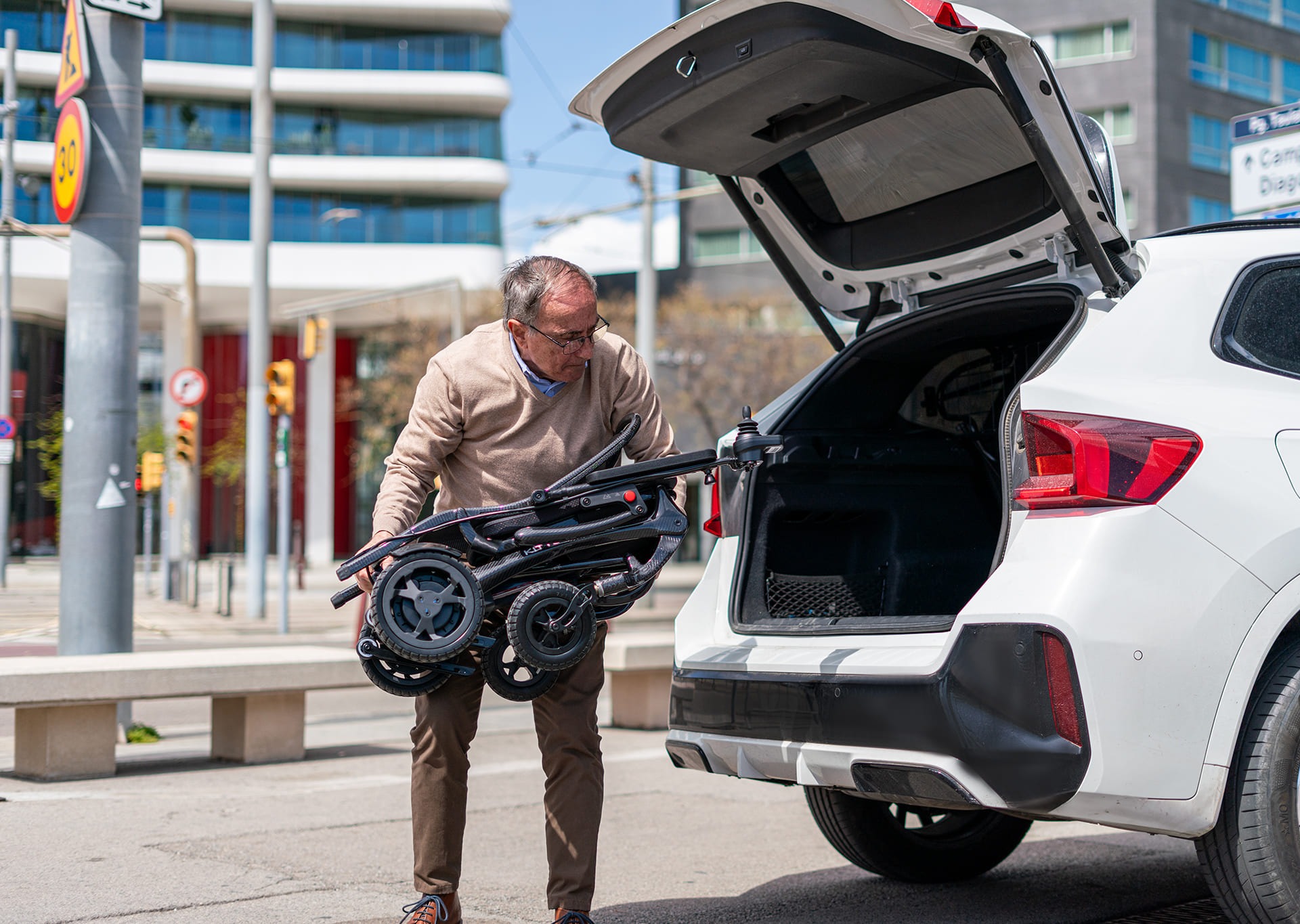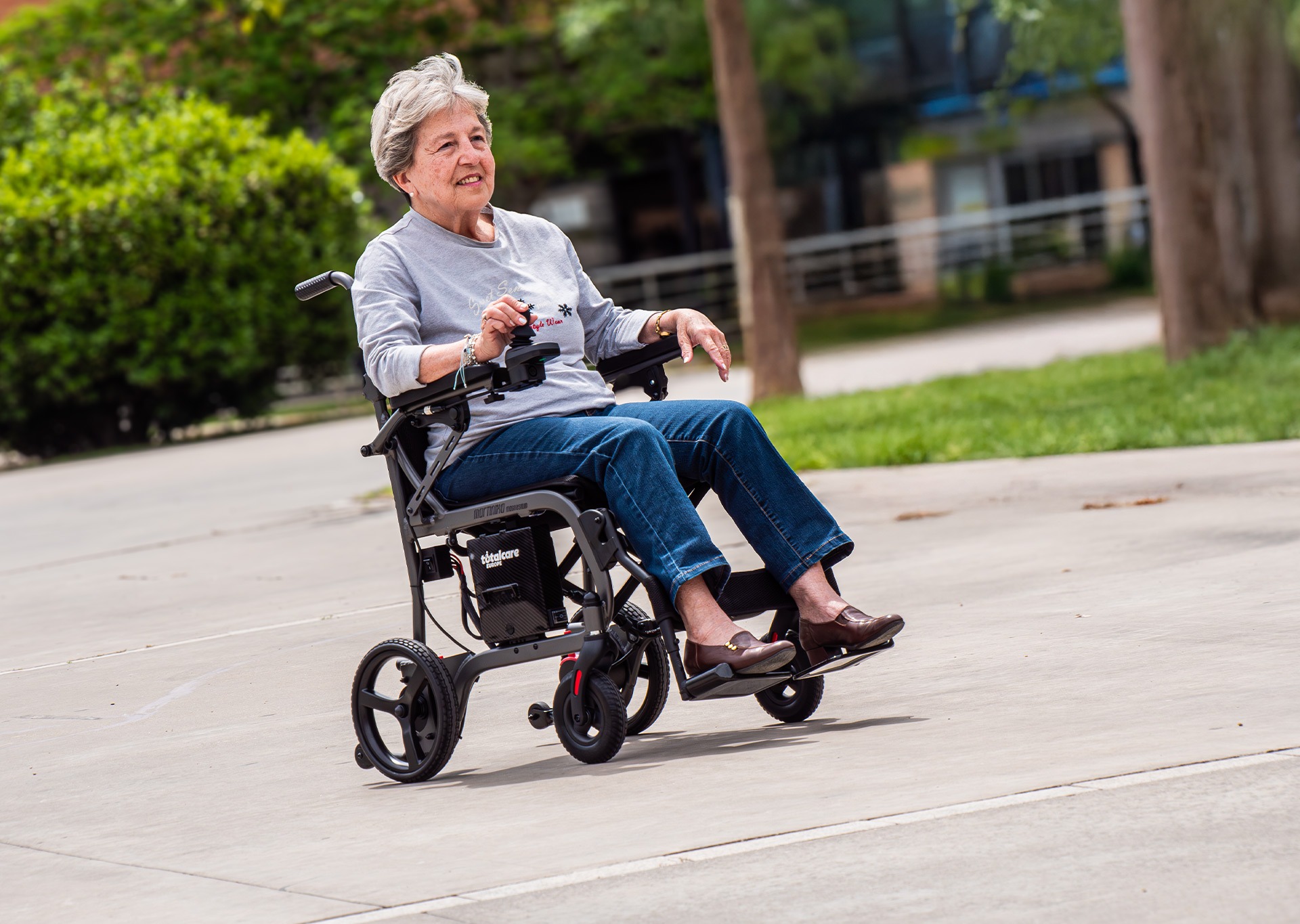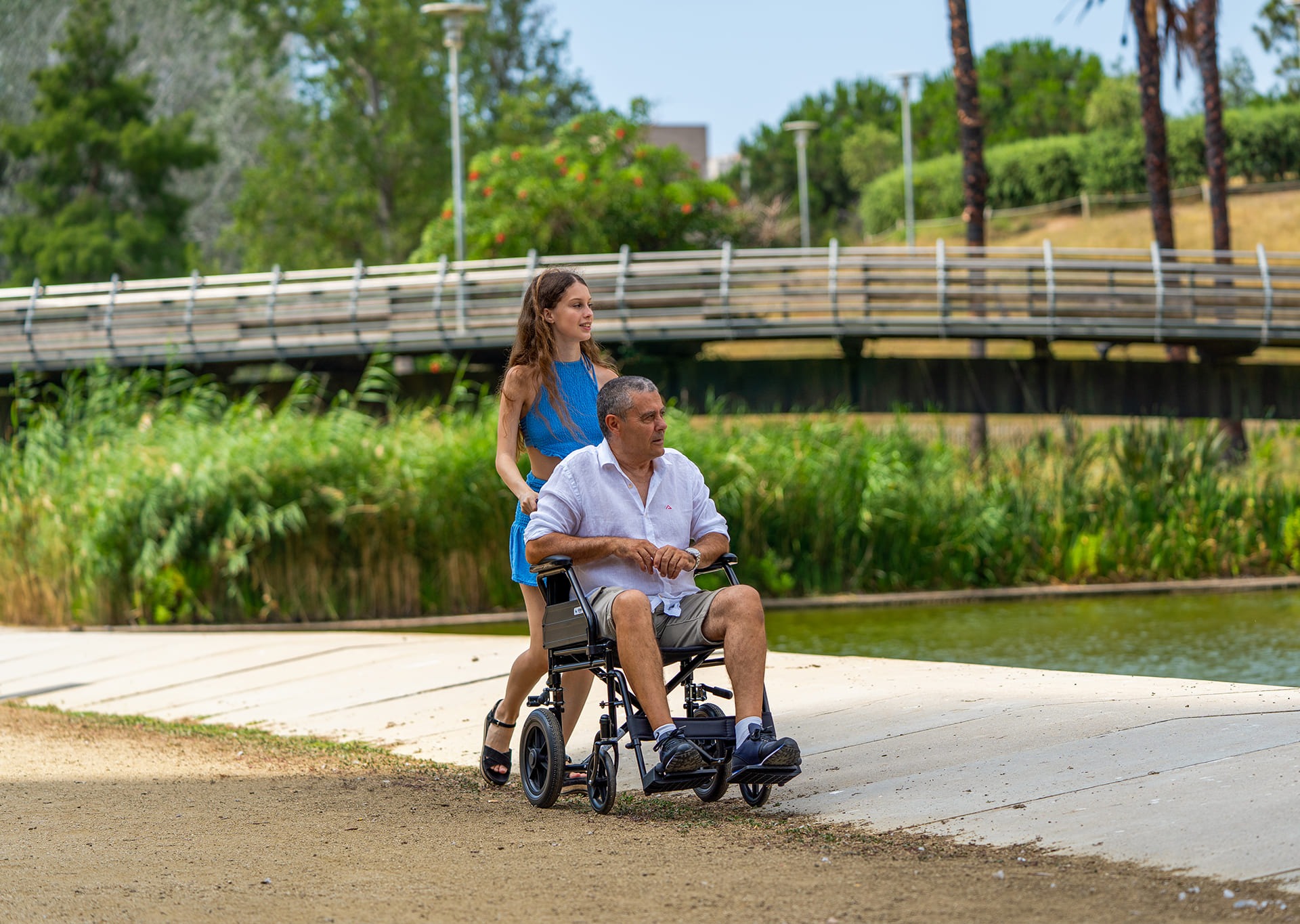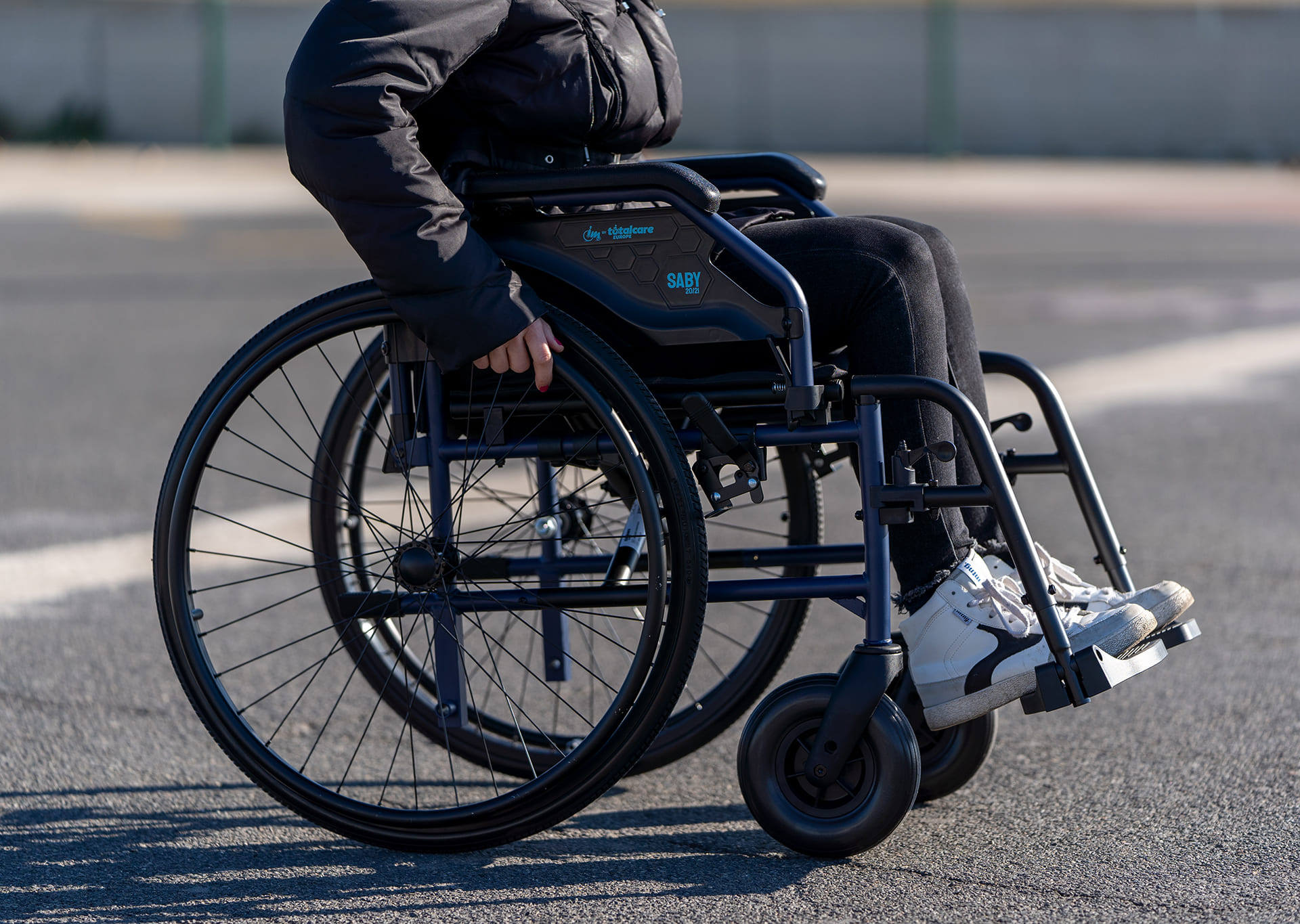
How to protect your wheelchair during transport
Traveling with a wheelchair or scooter can present a number of logistical challenges. People who rely on these mobility devices must carefully consider how to transport their equipment safely and efficiently, without compromising its functionality. Transporting a wheelchair requires special care to prevent damage and ensure the device continues to function properly during and after travel. Whether in a car, plane, or public transportation, it is essential to take the proper precautions to ensure the equipment reaches its destination in the best possible condition.
This article provides some practical tips on how to protect your wheelchair during transport, ensuring its longevity and proper functioning, so you can travel safely and comfortably.
Storage and travel preparation
Before embarking on any trip, it’s crucial to immediately visit your orthopedic center to receive professional technical assistance and ensure the equipment is fully functional before you depart.
Once the condition of the mobility aid has been confirmed, it is important to properly prepare it to prevent damage during the journey. For folding wheelchairs, make sure the wheels are properly aligned and that there are no loose parts that could break during travel. A protective cover or a carrying bag specifically designed for wheelchairs is an excellent option to prevent scratches and bumps.
If traveling by car, it’s best to place the wheelchair in the trunk or secure it with straps to prevent it from moving. For motorized wheelchairs or scooters, it’s essential to disconnect the power and secure the batteries properly. Some models have additional protection for their more fragile components, such as the wheels and controls, which can help prevent breakdowns.
Know the regulations before traveling
Each mode of transportation has specific regulations regarding the transport of wheelchairs and scooters. Airlines, for example, often require these devices to be transported in the overhead compartment, which means the need to protect the most delicate parts, such as brakes, wheels, and seats. Some airlines allow use of the wheelchair until boarding, while others may provide a temporary seat.
On trains and buses, many companies have provided special spaces for passengers traveling with wheelchairs, but it is advisable to inquire in advance about the conditions and availability. Some trains allow direct access with the wheelchair, while others require it to be stored in a separate compartment.
Care during the journey
During the journey, it is essential to ensure that the wheelchair is properly secured to avoid sudden movements that could cause damage. If you are traveling by plane, train, or bus, always inform the transportation company staff about the characteristics of your wheelchair and any special precautions that should be taken.
If the wheelchair must be transported in the cargo hold of an airplane or in a baggage compartment, it is advisable to remove or secure removable parts, such as cushions or controls. It is also advisable to label the wheelchair with the user’s personal information and note any special handling instructions to avoid unnecessary damage.
In private cars, using a restraint can be very helpful in keeping the wheelchair stable and protected from impacts during the journey. In addition, it’s a good idea to periodically check its condition to ensure it hasn’t been damaged during transit.
Technical assistance in case of damage
If your wheelchair or scooter suffers any damage during transport, it’s important to immediately go to an orthopedic center where you can receive specialized technical assistance. At these centers, trained professionals can assess the device’s condition and make the necessary repairs to ensure it’s working properly.
In addition, many transportation companies offer insurance or compensation policies for damage to mobility equipment. It’s a good idea to inquire about these conditions before traveling and keep all documentation in case you need to make a claim.
Conclusion
Protecting a wheelchair or mobility scooter during transport is essential to ensure its durability and proper functioning. Proper preparation, knowledge of travel regulations, and implementation of safety measures are key to avoiding damage and enjoying a smooth journey.
Before traveling, it is essential to review the regulations for your chosen mode of transportation to ensure all requirements are met and avoid unforeseen events. Likewise, in the event of any damage, immediately consulting an orthopedic center will provide professional technical assistance and ensure the equipment continues to function properly.
With proper planning and the necessary care, traveling with a wheelchair or scooter can be a safe and hassle-free experience, allowing people with reduced mobility to fully enjoy their travels without worry.








